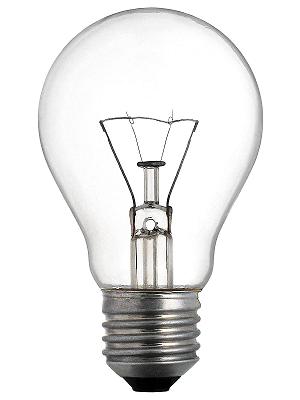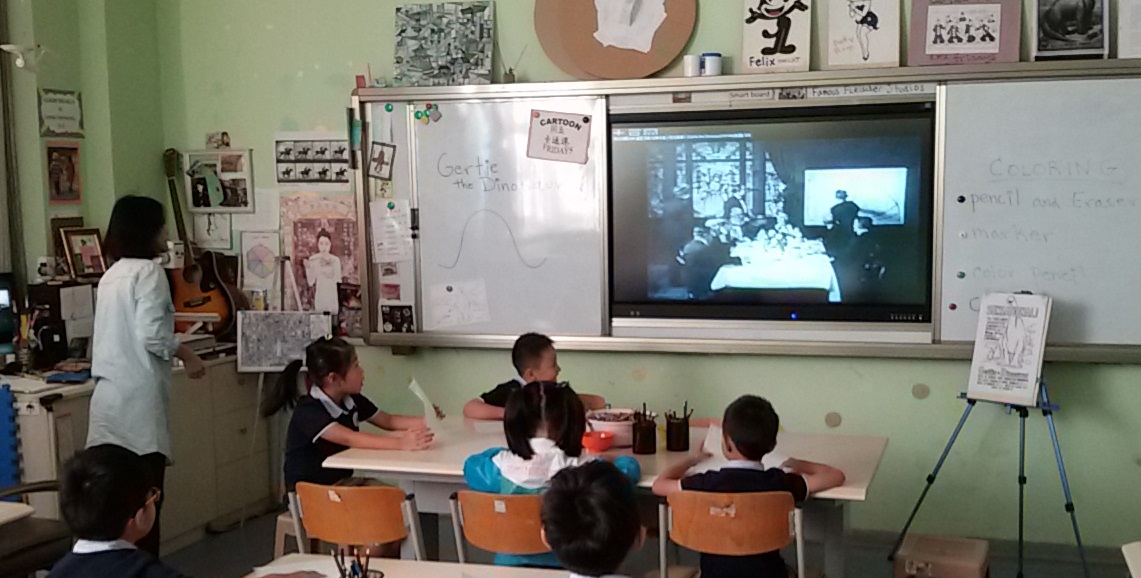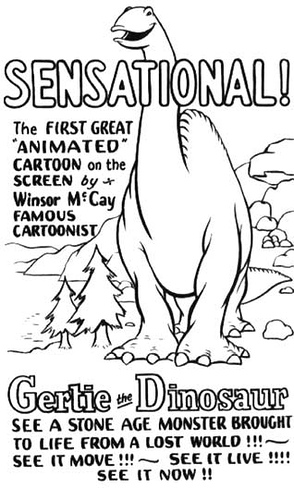
 Thomas Edison 1879 Thomas Edison 1879
A "Cartoon Fridays" Floridian Curriculum Proposal : American Art History and Drawing:
Premise: If Drawing is like Writing, then the classification of the animated drawing is a record, an expression , or an explanation of current events. A reflection
of history, in so much as Art History is a proven witness to human events and interactions. The Protagonist is also the hero in each story, from Felix the
Cat, to Bugs and Scooby, through Fred, Homer, and Family Guy to the greatest American Cartoon Hero of all Time, Mickey Mouse.
Introduction: Following is the order by which we present salient elements of this American Original Art Form in the classroom. Like Jazz Music and RockNRoll,
Cartoon moving picture animation technology and art were seen first in the United States at the dawn of the 20th Century. Because a large part of this History
takes place in New York and Florida, within six degrees of separation between the work of the Fleischer Brothers and the inimitable Walt Disney, it has been great fun developing a
series of drawing lessons on this topic.
Cartoon Fridays:The idea of a cartoon curriculum was originally student driven. The idea is simple, to view cartoons together in a
historical framework, discuss them, and learn to draw the characters as an exercise. The lessons here are presented along the span of two semesters or four quarters during an academic year.Give or take
a cartoon or two, making allowances for special events (Casper during Halloween is a great one:) there is enough material to engage children and adults on all levels all the while working on their
drawing skills in a familiar context. NOTE to TEACHER: Begin where you like, with the photography of Muybridge or the light bulb contraptions of Thomas Edison but start by showing the cartoon below - Gertie the Dinosaur -
and proceed to Parts I-IV. Meant Only as a Guideline. Use as Directed.

Part I : (1911 - 1940) Famous Fleischer Studios
Part II : (1939 - 1945) World War II
Part III : (1945 - 1989) The Cold War
Part IV : (1990 - 2010) The Internet
The first animated cartoon was "Gertie the Dinosaur" by Winsor McCay 1911-1914 ...
.....

Location: USA: NorthEast: New York City: "Gertie the Dinosaur" is a 1914 American animated short film by Winsor McCay. Although not the first animated film,
as is sometimes thought, it was the first cartoon to feature a character with an appealing personality. The film was also the
first to be created using keyframe animation. Gertie the Dinosaur was originally created to be used in McCay's vaudeville performances.
McCay started performing "chalk talks" on vaudeville in 1906, as a sideline to his regular newspaper cartooning.The performance
consisted of McCay interacting with Gertie, a cartoon dinosaur. McCay would stand on stage in front of a projection
screen, dressed in a tuxedo and wielding a whip. He would call Gertie, who appeared from behind some rocks. He then
instructed her to perform various tricks, similar to a circus act. This shortfilm does a great job of capturing the sureal
experience of the animator interacting with the creature in a dinnertime setting.SUGGESTED ASSIGNMENTS:draw Gertie, draw dinosaurs,
flipbook animation, technology and/or in drama class.
Cartoon History: a Timeline
by Sergi Camara of other early origins of the animated picture.
Animation : to animate, or to move or have motion : On the Soul (Greek (Per� Psu-ch�s), Latin De Anima)
is a major treatise by Aristotle on the nature of living things.
anima /anima/ (ani(-mah) [L.]
1. the soul.
2. in jungian terminology, the unconscious, or inner being, of the individual, as opposed to the personality presented to the world (persona); by extension, used to denote the more feminine soul or feminine component of a man's personality; cf. animus.
Dorland's Medical Dictionary for Health Consumers. 2007 by Saunders, an imprint of Elsevier, Inc. All rights reserved.
anima (n-m)
n.
1. The inner self of an individual; the soul.
2. In Jungian psychology, the unconscious or true inner self of an individual, as opposed to the persona, or outer aspect of the personality.
3. In Jungian psychology, the feminine inner personality as present in the unconscious of the male.
The American Heritage Medical Dictionary Copyright 2007, 2004 by Houghton Mifflin Company.
anima
Etymology: L, soul
1 the soul or life.
2 the active ingredient in a drug.
3 (in analytic psychology) a person's true inner unconscious being or personality. Compare persona.
4 (in analytic psychology) the female component of the male personality. Compare animus.
Mosby's Medical Dictionary, 8th edition. 2009, Elsevier.
|







